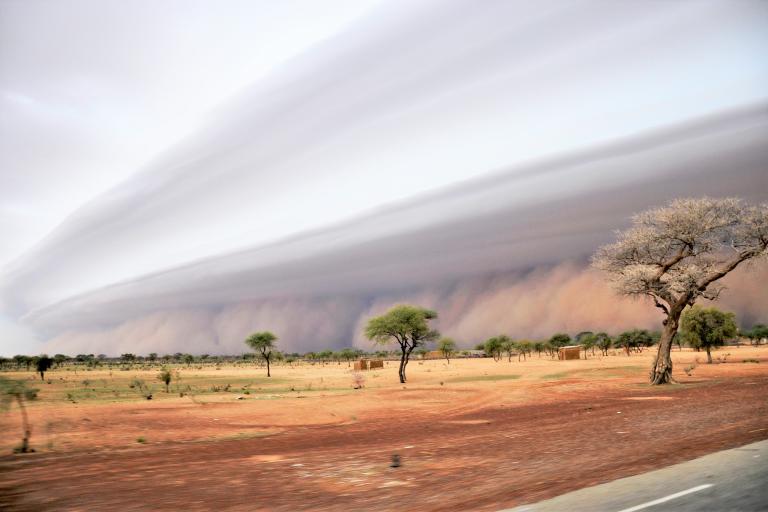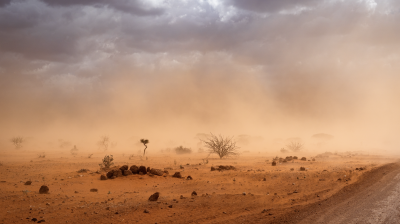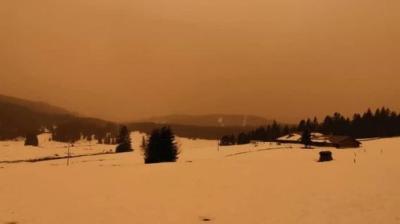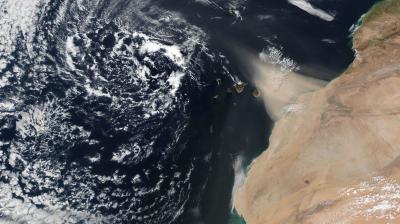WMO Airborne Dust Bulletin No. 2 – May 2018

This second Airborne Dust Bulletin reports on the atmospheric burden of mineral dust through 2017, its geographical distribution and inter-annual variations. The report has been compiled based on the Modern-Era Retrospective analysis for Research and Applications, Version 2 (MERRA-2), which is the latest atmospheric reanalysis of the modern satellite era produced by NASA’s Global Modelling and Assimilation Office (GMAO).
MERRA-2 includes an online implementation of the Goddard Chemistry, Aerosol, Radiation, and Transport model (GOCART) integrated into the Goddard Earth Observing System Version 5 (GEOS-5) modelling system. GOCART simulates mineral dust together with other aerosol species: organic carbon, black carbon, sea salt and sulfate aerosols as well as sulfate aerosol precursors (Gelaro et al., 2017). MERRA-2 also includes assimilation of Aerosol Optical Depth (AOD) retrieved from satellite radiometers (AVHRR, MODIS and MISR) as well as from the Aerosol Robotic Network of ground-based sun-photometers (AERONET) (Randles et al., 2017). It is noteworthy to highlight that the results shown here are consistent with those obtained by the Copernicus Atmosphere Monitoring Service (CAMS), whose data were used in last year’s report.
About the series
The annual WMO Airborne Dust Bulletin reports on the incidence and hazards of sand and dust storms, which have a major impact on air quality, health, the environment, agriculture and economies.
Every year, around 2,000 million tons of dust enters the atmosphere and can be transported for hundreds of kilometers. Much of this is a natural process, but a large part of it is the result of poor water and land management.
Forecasts have improved greatly thanks to the WMO Global Sand and Dust Storm Warning Advisory and Assessment System, which coordinates international sand and dust research and has operational regional centres.




